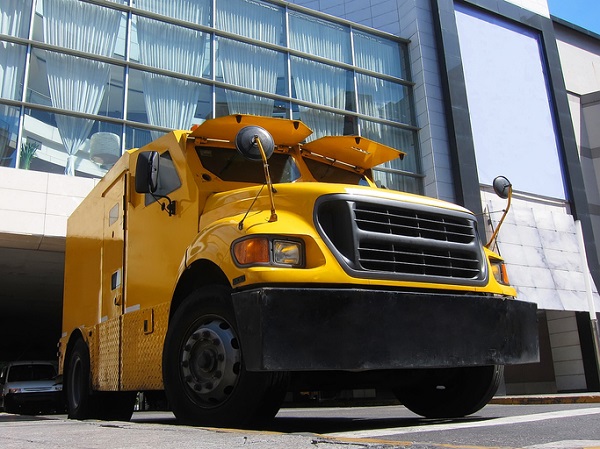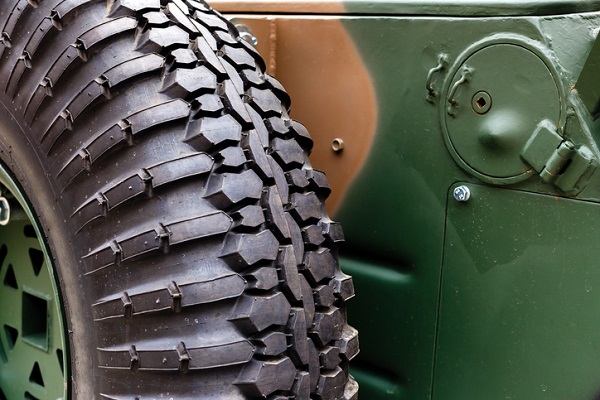
While learning about auto body repair in your courses, you may fantasize about cars that are a little less breakable, maybe even bulletproof. Often when we think of bulletproof—or armoured—vehicles, we think of either military/police transportation or high-security cash in transit trucks. But there are plenty of people who need these vehicles in their everyday lives for safety and security. Politicians, executives, and celebrities sometimes choose to travel in cars with military-grade protection, designed to intentionally avoid drawing attention. The cars blend in with others on the road and the protective features are designed in a discreet way.
Read on for more information about bulletproof cars and how they offer protection.
Safety Features of Interest to Students in Auto Body Schools
Bulletproof vehicles possess a number of safety features that don’t exist on regular cars, and which might impress pros with auto body technician careers. Bulletproof cars are equipped with reinforced bumpers, hinges, and suspension. This hardens the vehicle and assists it in remaining strong against force. Reinforcement may also be necessary to support the heavy armour on the vehicle. The windows are made of bullet resistant glass, which is made up of layers that slow projectiles on entry.

How Run-Flat Tires Work Explained for Students in Car Body Repair Courses
Run-flat tires were invented in the eighties, but now some manufacturers include them in their new vehicles. In armoured vehicles, they allow for added safety as the car can move even if the tires are deflated.

There are two types of run-flat tires. The first type is self-supporting. In self-supporting systems, a reinforced sidewall construction provides support after air loss. The wheels will be able to continue operating up to a speed and distance designated by the manufacturer. The second type uses support ring systems. These are similar, but use a hard rubber ring that can support the weight of the vehicle when the tire loses air.
For regular drivers, having run-flat tires on their vehicle can be beneficial, as they won’t have to change a tire in difficult or dangerous conditions, and the tires are more stable after a puncture, maintaining driver control and reducing the risk of an accident.
How Armour Is Applied to Vehicles
Students in car body repair courses who are familiar with how cars are constructed might know that applying armour to a car body is quite involved. First, the vehicle needs to be stripped of the interior and panels—seats, carpet, door panels, and more—leaving only the bare bones of the body. Next, the armour is attached to the car. Usually, armour is made of high-hardness ballistic steel. The pieces of steel are applied with a slight overlap between them, so that there are no spaces left unprotected. The entire vehicle is covered in the armour, including its underside, the battery, and the tailgate.
Different levels of armouring exist—the heaviest is the strongest, but adds a great deal of weight to the vehicle. The lightest, on the other hand, can only stop handguns, but allows for lighter weight. Once the desired armour is applied, the interior and panels are replaced and the goal is to make the car as inconspicuous and “normal” looking as possible.
Are you interested in learning more about auto body schools?
Contact Automotive Training Centres for more information.

